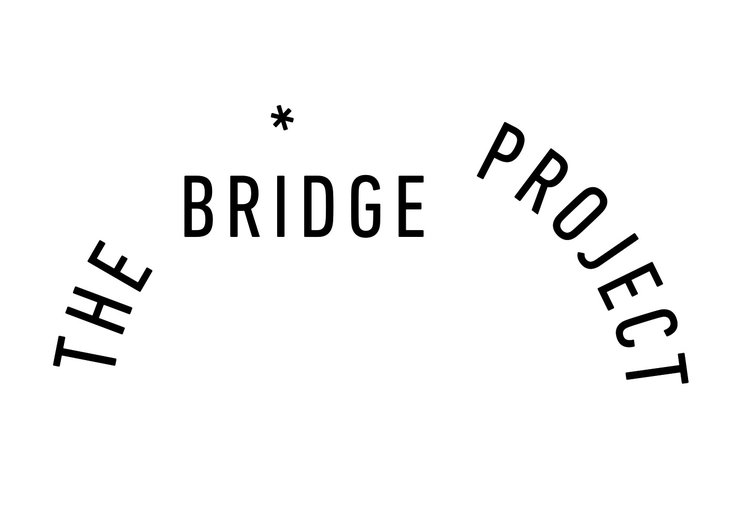Mano Penalva, Alçada 2017, Foto: Camila Crivelenti (Hasta Tepito/ NY)
Mano Penalva, Hasta Tepito 2017, Video 25’ em looping, Foto: Camila Crivelenti (Hasta Tepito/ NY)
Mano Penalva, Desvio Vermelho e Branco, 2018, 158 x 265 cm Foto: Camila Crivelenti (Hasta Tepito/ NY)
HASTA TEPITO,
With Mano Penalva
On view at B[x] Gallery, 203 Harrison Place, Brooklyn (New York) from August 24st until October 5th 2018 (visits upon appointment with larissa@annexb.net or during the Bushwick Open Studios 2018)
NYC, August 2018.
Walking as a stolen moment, allowing the necessary time for things to unfold, a pause where you set your own pace, define your own path or just wander and get lost, deciding where to stop and when to start again.
Wandering around Mexico City’s busy streets, you wonder: what is and where is Tepito? It is said that strangers are not allowed there, but this assumption only increases the mystery of the place. You keep wondering: how many miles, how many kilometers to Tepito? How will you know when you get in or out? Does the territory covered by Tepito ever end or does it expand according to the constant movement of its itinerant shops and passersby?
The sound of your steps, the sound of other people’s steps, how the weight itinerant traders carry impacts on the noise they make, the sounds and music escaping from the windows, the fragrances, the colors, the patterns, the shapes of the bodies, the shapes of the packages they carry, the physical and the emotional burden they represent; they all merge with the imaginary that surrounds Tepito, adding to its appeal.
When you enter Tepito, you immediately feel it, as the atmosphere has a different quality, a sensation of emergency, a latent violence, life pulses faster, stronger. The air is thicker here, it has another essence.
Walking in NYC, you encounter another kind of landscape, as busy and urban as Tepito's, but vertical. Breathing, emptying your mind from the saturation felt becomes necessary to avoid suffocation. The city’s glamorous imaginary collapses when you confront its tough reality. It’s easy to be swept of your center here, it seems you could die in the middle of the street and no one would care unless you’d disrupt the traffic flow. Even when overwhelmed, hope never totally fades, stars stay bright in the sky, even when hiding behind skyscrapers or rain clouds.
A moment in-between. In-between two places, tasks and thoughts. A necessary break from the frantic world. Sometimes you need to stand still then walk, get out of the crowd. There is always a beginning and an end. And a resumption…
In Descanso (Rest), two masts, resting on an air-filled cardboard-paper-pouch, refer to this moment of suspension. The ghosts of the previous flags remain, floating lightly. The flagpoles’ sharp points remind us that the battle is not over, not unless one dies or dissolves into a state of total permeability.
The video Hasta Tepito, contrasting with this moment of pause, depicts Mano Penalva’s lifelong interest for popular markets, their imagery, their aesthetics, the various rhythms that mark their beat. The permanent fluxes and crossings observed by the artist's camera relate to his subjective view of the circulation of objects and bodies in a globalized world, sharing an insight of what it is to be a stranger. Alçadas, an expanded painting made of colored bag handlers completes this narrative.
Opposing the infinite possibilities of intersections that define open markets like Tepito's, the American flags of Desvio Vermelho e Branco (Red and White Shift) are hung, folded once, partially hiding their stars. The connection between the pieces occurs through the decreasing shape of the composition and the space the artist chose to leave between them, creating a painterly installation. The verticality and the separation between the flags evoke the sensation of social isolation you can feel when lost in an impersonal space. Hope remains, somehow. Rain clouds pass, and skyscrapers never really eclipse the sky, it is all a matter of perception.
The body of works presented in Hasta Tepito bring us to the core of Mano Penalva’s practice. These works make us feel in the position of the outsider, the stranger, the traveler, the artist. They offer an invitation to rest and leave room to a creative idleness, a time to reconnect with our insights and nurture our gifts. In a permanent effort to reach otherness, Mano Penalva performs a formal exercise of construction and deconstruction, starting from everyday symbols and objects to reveal their essence through their material characteristics, as if they were seen for the first time.
In this mix of high and low culture, a simple twist moves the ordinary into the contemporary art field and proposes new meanings and functions, displacing boundaries and actively breaking art’s classical structures. Hasta Tepito, in this sense, is a reflection on the time lapse corresponding to a wandering moment, a moment when anything can happen, as is the case when the artist displaces everyday references and turns them into an artwork.
Mano Penalva (Salvador de Bahia, Brasil, 1987), documents the material culture, behavior changes and globalization. His artwork, deliberately nonrepresentational, allow materials to dictate form and come together on their own. He is graduated in Social Communication (2008, PUC-RJ), Social Sciences (PUC-RJ) and frequented the art lectures at Parque Laje (RJ). He showed his work in Latin America, the US and Europe, with highlights for the solo shows truk(ə), Soma Galeria (Curitiba, 2018), Estado Sul, Camelódromo (Porto Alegre, 2017); Andejos, Museu de Arte de Ribeirão Preto (2017); Balneário, Central Galeria (São Paulo, 2016); and for the group shows O Maravilhamento das Coisas, Galeria Sancovsky (São Paulo, 2018); A Bela e a Fera, Central Galeria (São Paulo, 2017); Hecha la ley, hecha la trampa, Hangar (Barcelona, 2017); Simphony of Hunger: Digesting FLUXUS in five moviments, A PLUS A Gallery (Veneza, Itália, 2015); and CONTRAPROVA, Paço das Artes (São Paulo, 2015).












